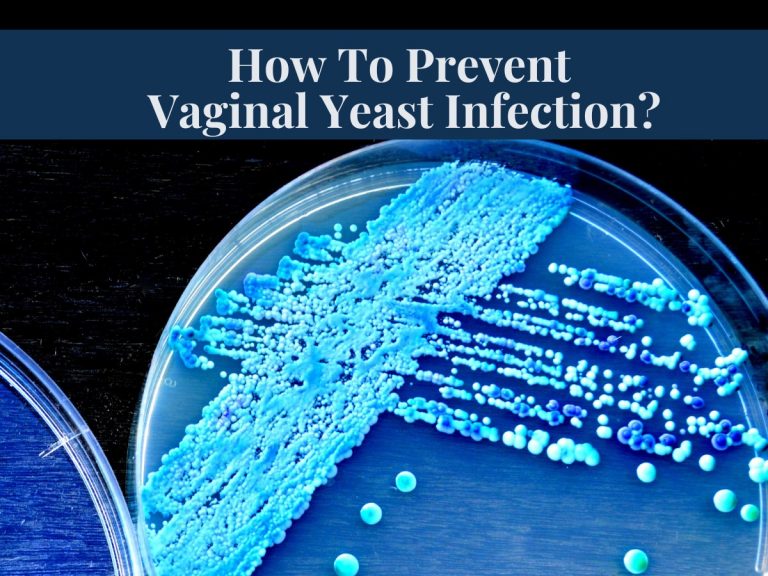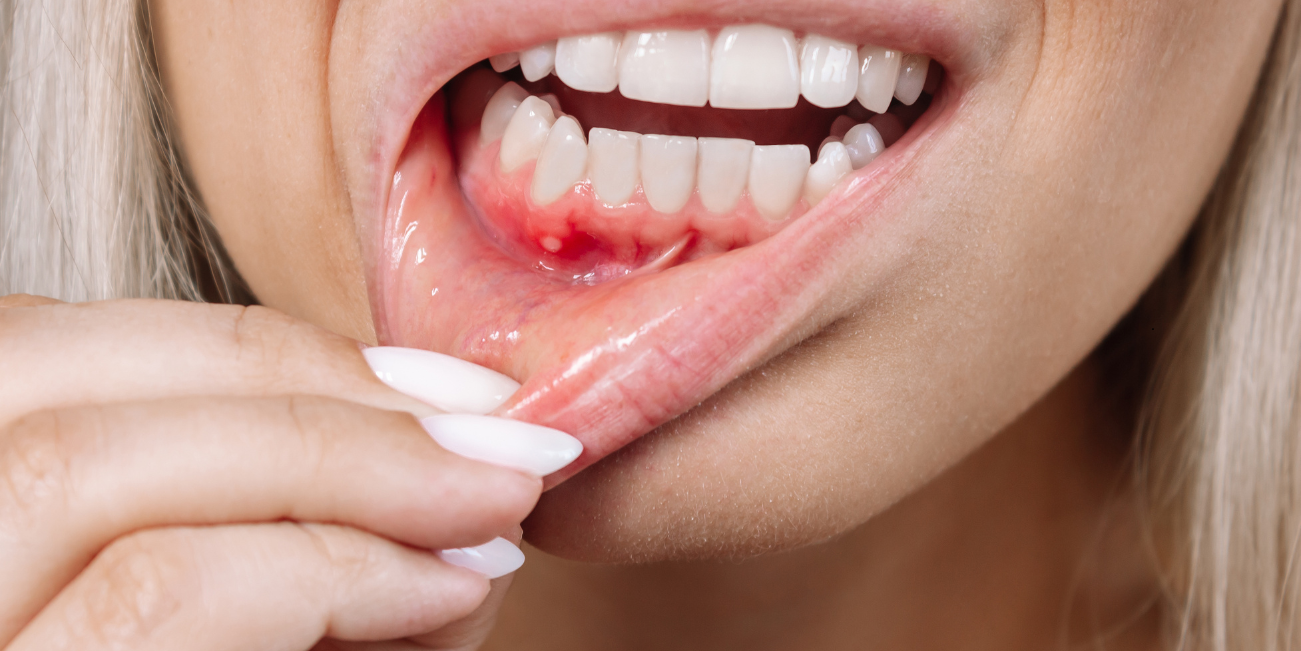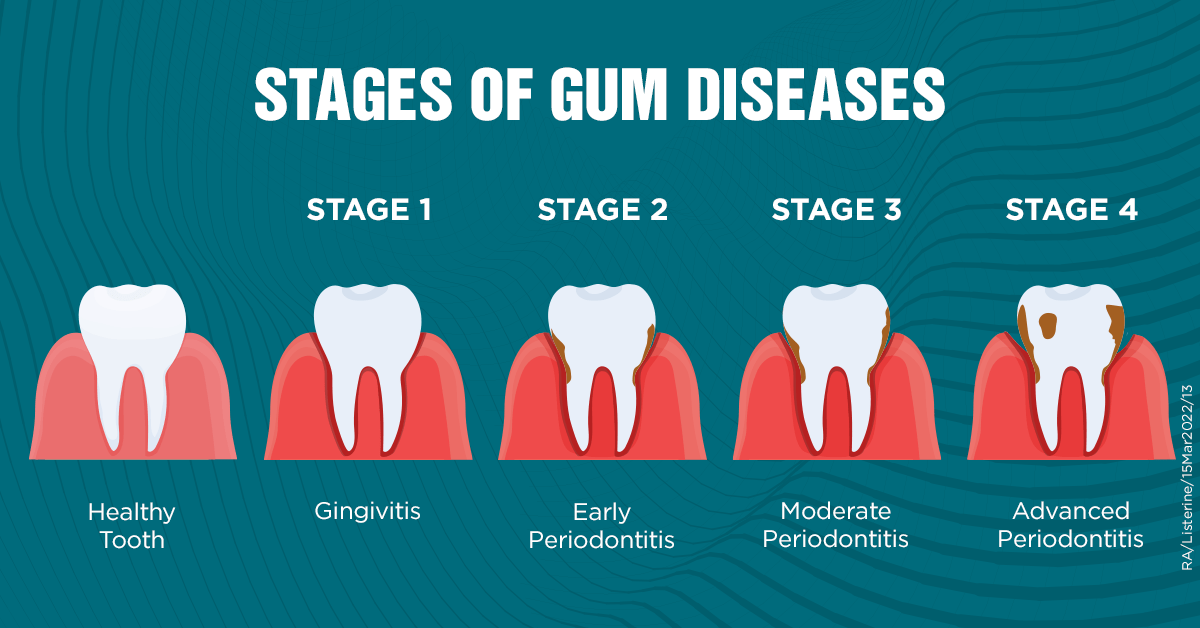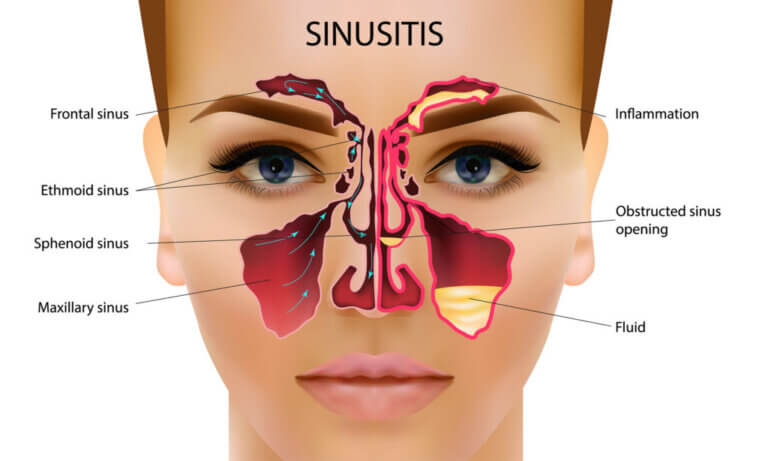Amongst many infections, urinary tract infections (UTIs) and vaginal yeast infections commonly and routinely affect women. Though these infections can occur in men, they are common in women owing to their physiology and anatomy. As the name indicates, vaginal candidiasis is caused by yeast, whereas bacteria cause UTIs.

It is why both infections have distinct symptoms, diagnostic tests, treatment, and recovery duration. Some signs and symptoms are similar, like a burning sensation while urinating, which confuses people if they have a yeast infection or a UTI. Therefore, to clarify what is the difference between a UTI and yeast infection, explore the following description.
What Is The Difference Between A UTI And Yeast Infection?
The distinct causative agent is the one-line difference between a UTI and yeast infection. Bacteria such as Escherichia coli, Staphylococcus saprophytic, and Klebsiella pneumoniae cause a UTI. In contrast, vaginal yeast infections are commonly caused by Candida albicans and rarely by Candida glabrata and Candida krusei. Because of the difference in causative agents, the pathogenesis and mechanism of infection also vary, differentiating clinical manifestation and requiring specific treatment. Nevertheless, the precautions, dietary, and lifestyle modification requirements are the same for both infections.
UTI Vs. Yeast Infection:
The following is the difference between urinary tract infections and yeast infections, their symptoms, causes, risk factors, diagnosis, duration of treatment, treatment options, and preventions.
Symptoms:
In urinary tract infections, a patient usually experiences a burning sensation while urinating. In contrast, yeast infection causes pain, itchiness, and irritation when urinating, even after sexual intercourse. Moreover, yeast infections are characterzied by thick, white cottage cheese-like vaginal secretions.
| UTI (Urinary Tract Infections) | Vaginal Yeast Infections |
| Pain and burning sensation when urinating | Pain and itchiness when urinating and after having intercourse |
| False urgency (feeling to urinate) and urinary incontinence | Urge to urinate is relatively less |
| No inflammation of genitalia | Swelling of vagina and vulva |
| Foul smelling urine | Vaginal secretions with unpleasant or no odor |
| No change in vaginal discharge | Thick white cottage cheese like secretions |
| Cloudy urine may be of red or pink color | No color changes in the urine |
| Bloody urine | No blood in urine |
| Pain in the pelvic region and lower abdomen | Pain inside the vagina |
| Fever, nausea, vomiting, and chills in aggravated UTIs | No GI and systemic symptoms |
| Untreated and aggravated UTI and lead to kidney infections and serious complications | Untreated and worsen yeast infection can lead to candidemia (yeast infection in the blood) which can affect other organs. |
Causes And Risk Factors:
Urinary tract infections are caused by bacteria such as Escherichia coli, Klebsiella pneumoniae, and Staphylococcus saprophytic. Under certain unfavorable conditions, a person gets infected by bacteria that thrive in the urinary tract and proliferates to cause infection. These conditions and risk factors include:
- Unhygienic practices, which include contact with stool, especially when wiping from back to front
- Unprotected sex and contact with STI- infected person
- Using contraceptive devices and agents such as diaphragm and spermicides
- Use of urinary catheter in hospitalized patients
- Putting off urination even with an urge to empty the bladder
- Bladder or renal stones
- Other risk factors include age, pregnancy, menopause, childbirth, obesity, weakened immune system, and anatomical alterations such as prostate enlargement
On the contrary, vaginal yeast infections are commonly caused by Candida albicans. However, treatment-resistant vaginal candidiasis may be caused by Candida krusei and Candida glabrata. Candida usually thrives on our body, but the yeast proliferates rapidly under unhygienic practices and other unfavorable conditions such as dampness and warmth. Risk factors include:
- Weakened immune system (particularly in the patients of HIV/AIDS, Hepatitis C, and cancer)
- Pregnancy and hormonal imbalances
- Diabetes mellitus (due to high sugar content in urine)
- Taking antibiotics for a prolonged period or patients on steroid therapy
- Unhgygienic practices
- Wiping from back to front and wearing tight-fitting or damp clothes
Recovery Duration
The recovery duration depends on the severity and treatment progress. However, urinary tract infections localized to the lower tract with no dissemination to the kidneys may clear up in 1-3 days. If UTI becomes aggravated, it may take several days to weeks to eradicate. In contrast, mild yeast infections take about 3-4 days to treat. Nevertheless, moderate to severe yeast infections may take 7-14 days. Rarely occurs, but untreated, treatment-resistant and aggravated yeast infections can become invasive candidiasis or candidemia, requiring several months to heal.
Read: What Happens If A Yeast Infection Goes Untreated? Complications And Mangement
Diagnosis
Both infections require taking medical or medication history and physical examination. However, the diagnostic test and sample for evaluation vary. In UTIs, doctors conduct complete urine analysis, whereas, in yeast infections, a sample of vaginal secretions taken on by a swab is transferred for laboratory investigation.
When To Seek A Doctor?
Since both infections can become aggravated, you should seek medical attention if you are unsure what type of infection you have encountered. In a nutshell, early diagnosis and prompt treatment are crucial to avoid the worsening of the symptoms.
Also Read: How Can I Tell If I Have A Yeast Infection? Accurate Diagnosis For Appropriate Treatment
Treatment And Home Remedies
| Type of Infection | OTC and Prescription Medicines | Natural Remedies |
| Oral Antibiotics depending on the type of bacteria | Water (keep yourself hydrated) | |
| Analgesics (pain killers), Anti-emetics (to prevent nausea and vomiting), Antipyretics ( to reduce fever) | Unsweetened cranberry juice and Vitamin C | |
| Oral, topical, suppository antifungals depending on the severity such as ketoconazole, miconazole, fluconazole, and itraconazole | Natural Probiotic such as Greek Yogurt, Vitamin C and zinc sources to boost immunity | |
| Painkillers and probiotic supplements |
Essential oils such as tea tree oil, coconut oil, and oregano oil for massage and bath |
Preventions:
By maintaining proper cleanliness and changing your clothes, you might be able to avoid both fungal infections and urinary tract infections. Here are some suggestions for prevention:
- After using the washroom, wash from the front to back.
- Put on cotton underclothes
- Avoid wearing constrictive apparel, such as stockings and constrictive pants
- Immediately change damp swimwear
- Avoid using deodorants, vaginal sprays, or douches close to your genitalia
- Avoid using feminine hygiene products with fragrance
Additional UTI prevention measures include:
- peeing before and after intercourse (How Long To Wait For Sex After Yeast Infection Treatment)
- constantly using the restroom
- bathing routinely
- consuming a lot of fluids
Also Read: How To Stop Yeast Infection Itching? Home Remedies And Complementary Medicine
FAQs
How Long Does It Take To Treat A UTI?
A UTI usually takes 1-3 days to heal completely in women. In contrast, in men, it takes about 14 days to eradicate. If a UTI aggravates and leads to kidney infection, it may take several days to weeks to heal, depending on the severity and treatment response.
Can Yeast Infections Feel Like UTIs?
A yeast infection feels like a UTI because, in both infections, a person experiences pain and burning while urinating. Nevertheless, in yeast infections, there is pain and swelling of the genitalia.
How Can I Tell If I Have A UTI Or Yeast Infection?
Though there is a similarity in the symptoms of yeast and urinary infections, the differences mentioned above will help you tell if you have either infection. Moreover, taking a test using urine or vaginal secretions is crucial to confirm the causative agent and begin the treatment.
Can Candida Cause UTI?
Usually, a yeast infection does not develop a UTI. Nevertheless, taking antibiotics for a prolonged period can put you at risk of yeast infections. Moreover, treating both infections at the same time becomes challenging.
Can UTIs Cause Vaginal Itching?
Though vaginal itching is not a typical symptom of a UTI, a person may experience itchiness, pain, and a burning sensation while urinating and having sex. A UTI is best detected by urinary urgency and incontinence.
Can Yeast Infection Cause A UTI?
No yeast infection cannot cause a UTI, which is caused by bacteria.
Conclusion:
In a nutshell, there is a clear-cut difference between a UTI and yeast infection because bacteria cause a UTI, whereas fungi cause yeast infections. It is the reason which is why the clinical manifestation, pathogenesis, and treatment options are distinct. Mainly people with a mild UTI with a complaint of pain and burning sensation when urinating confuse it with a yeast infection. It is crucial to know that yeast infections are characterized by thick white cottage cheese-like vaginal discharge with no to little yeasty odor. Moreover, there is no color and odor variation in urine, which occurs in a UTI. Read on the symptoms mentioned above and the differences between a UTI and yeast infection to begin the proper treatment.













